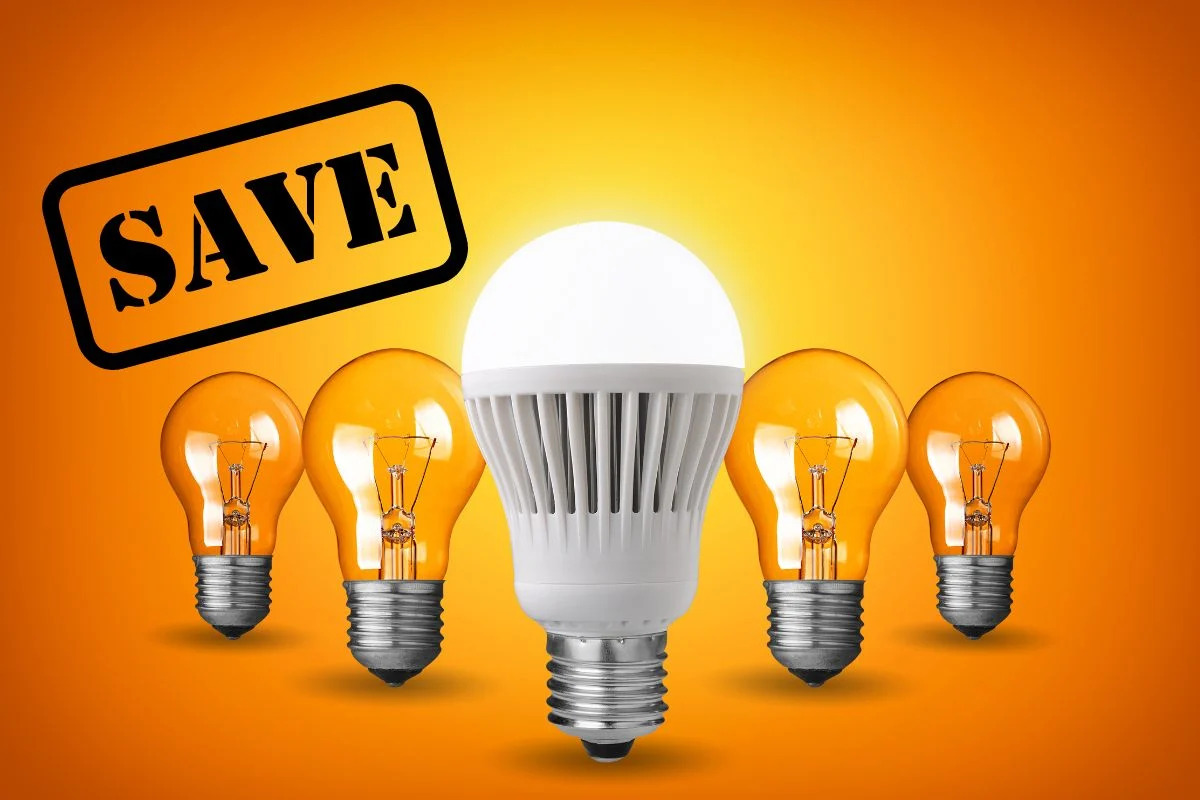

Articles
How Much Electricity Does A Halogen Bulb Use
Modified: August 28, 2024
Discover how much electricity a halogen bulb uses in our informative article. Learn about the energy consumption and cost of this type of lighting option.
(Many of the links in this article redirect to a specific reviewed product. Your purchase of these products through affiliate links helps to generate commission for Storables.com, at no extra cost. Learn more)
Introduction
Halogen bulbs have been a popular lighting option for many years due to their bright and crisp light output. They are commonly used in homes, offices, and outdoor spaces, offering a versatile lighting solution for various applications. However, with the increasing focus on energy efficiency and sustainability, it is essential to understand how much electricity a halogen bulb consumes and explore ways to reduce its energy usage.
In this article, we will delve into the world of halogen bulbs and examine their power and wattage, calculate their electricity usage, explore the factors that affect their energy consumption, analyze their energy efficiency, and compare them to other lighting options. Additionally, we will provide some practical tips on how to reduce the electricity usage of halogen bulbs, helping you make informed decisions about your lighting choices.
Understanding the electricity consumption of halogen bulbs is crucial, as it allows you to assess their impact on your energy bills and the environment. By making informed decisions and adopting energy-efficient practices, you can reduce your carbon footprint and contribute to a more sustainable future.
Key Takeaways:
- Halogen bulbs consume more electricity and generate heat due to their incandescent technology. Consider factors like wattage and hours of use to optimize energy consumption and reduce electricity bills.
- Transitioning to LED bulbs offers superior energy efficiency, longer lifespan, and environmental benefits. Utilize natural light, employ motion sensors, and consider task lighting to reduce electricity usage.
How Halogen Bulbs Work
Before we delve into the electricity usage of halogen bulbs, it is essential to understand how they work. Halogen bulbs are a type of incandescent bulb that uses halogen gas to increase their efficiency and lifespan.
Inside a halogen bulb, there is a tungsten filament that emits light when it is heated by an electric current. This filament is enclosed in a small transparent quartz or high-temperature glass envelope filled with halogen gas, such as iodine or bromine.
The halogen gas plays a crucial role in the operation of the bulb. As the tungsten filament heats up, some of the tungsten atoms evaporate and deposit onto the inner surface of the bulb. In a traditional incandescent bulb, this deposition would cause blackening and loss of efficiency. However, in a halogen bulb, the halogen gas reacts with the tungsten atoms and redeposits them back onto the filament.
This continuous recycling process, known as the “halogen cycle,” helps to rejuvenate the tungsten filament and prevent blackening. By promoting the redeposition of tungsten atoms, the halogen gas increases the lifespan of the bulb and allows it to operate at higher temperatures, resulting in a brighter and more efficient light output.
It’s important to note that halogen bulbs generate a significant amount of heat compared to other lighting options. This heat is a byproduct of the incandescent lighting technology used in halogen bulbs. As a result, precautions should be taken when handling halogen bulbs to avoid burns, and they should not be installed in close proximity to flammable materials.
Now that we have a basic understanding of how halogen bulbs work, let’s move on to explore their power and wattage to determine their electricity consumption.
Power and Wattage of Halogen Bulbs
The power and wattage of a halogen bulb determine its electricity consumption. The wattage represents the amount of power the bulb uses, and it directly correlates to its brightness. The higher the wattage, the brighter the light output.
Halogen bulbs typically come in a range of wattages, from 20 watts to 500 watts or more. The most common wattages for household use are usually between 35 and 100 watts.
When purchasing a halogen bulb, it’s important to consider the desired brightness level and the specific application. For example, a higher wattage bulb might be suitable for areas that require intense lighting, such as workspaces or outdoor floodlights. On the other hand, lower wattage bulbs may be adequate for ambient or accent lighting.
It’s worth noting that higher wattage bulbs consume more electricity, resulting in higher energy costs. Therefore, it is essential to strike a balance between the desired brightness and energy efficiency when selecting a halogen bulb. In some cases, it may be more beneficial to opt for a lower wattage bulb and use multiple fixtures to achieve the desired light output while minimizing energy consumption.
Next, let’s dive into calculating the electricity usage of halogen bulbs to get a better understanding of their energy consumption.
Calculating Electricity Usage
To calculate the electricity usage of a halogen bulb, you need to consider its wattage and the number of hours it is in use. The formula for calculating electricity usage is straightforward:
Electricity Usage (in kilowatt-hours) = Wattage (in watts) x Hours of Use / 1000
Let’s take an example to illustrate this calculation. If you have a 60-watt halogen bulb that is used for 4 hours a day, the electricity usage would be:
Electricity Usage = 60 watts x 4 hours / 1000 = 0.24 kilowatt-hours (kWh)
Keep in mind that this calculation represents the electricity consumed by a single halogen bulb over a specific period. If you have multiple halogen bulbs, you can sum up their individual electricity usages for a combined total.
It is also crucial to consider the cost of electricity when calculating the energy usage of halogen bulbs. The cost of electricity is typically measured in kilowatt-hours and varies depending on your location and utility rates. By multiplying the electricity usage by the cost per kilowatt-hour, you can determine the cost of operating the halogen bulb.
For example, if the cost of electricity is $0.12 per kilowatt-hour, the cost of operating the aforementioned 60-watt halogen bulb for 4 hours would be:
Cost = 0.24 kilowatt-hours x $0.12 = $0.0288 (or approximately $0.03)
By calculating the electricity usage and cost, you can better understand the financial and energy implications of using halogen bulbs. This information can help you make informed decisions about your lighting choices and find ways to reduce energy consumption.
Next, let’s explore the factors that can affect the electricity consumption of halogen bulbs.
Factors Affecting the Electricity Consumption of Halogen Bulbs
Several factors can influence the electricity consumption of halogen bulbs. By understanding these factors, you can make informed decisions to optimize energy usage and potentially reduce electricity costs.
1. Wattage: The wattage of the halogen bulb directly affects its electricity consumption. Higher wattage bulbs consume more power and, consequently, more electricity. Consider using lower wattage bulbs wherever possible to reduce energy usage without compromising the desired lighting levels.
2. Hours of Use: The number of hours the halogen bulb remains illuminated significantly impacts its electricity consumption. The longer the bulb is in use, the more electricity it consumes. Evaluate your lighting needs and ensure that lights are turned off when not needed to save energy.
3. Dimming Capability: Some halogen bulbs are dimmable, meaning you can adjust their brightness levels according to your needs. Utilizing dimmers to lower the light output can reduce electricity consumption, especially in areas where full brightness is not necessary.
4. Fixture Design: The design and efficiency of the light fixture can affect electricity consumption. Opt for fixtures that direct light where it is needed and minimize light loss through inefficient design or excessive glare. Well-designed fixtures can maximize lighting effectiveness while minimizing energy waste.
5. Placement: The placement of halogen bulbs can impact their efficiency and electricity consumption. Ensure proper placement without obstruction to allow light to reach the desired areas efficiently. Avoid placing bulbs near objects that can absorb or reflect light, as this can waste energy.
6. Maintenance: Regular maintenance can help maintain the efficiency of halogen bulbs. Clean fixtures and remove any dust or debris that may impede the light output. Additionally, inspect bulbs for any signs of damage or wear and replace them promptly to ensure optimal performance and energy efficiency.
By considering these factors and implementing energy-saving practices, you can optimize the electricity consumption of your halogen bulbs and reduce your overall energy usage.
Now that we understand the factors affecting energy consumption, let’s explore the energy efficiency of halogen bulbs and compare them to other lighting options.
Switching to LED bulbs can save you a significant amount of electricity compared to halogen bulbs. LED bulbs use up to 80% less energy and last much longer, making them a more cost-effective and energy-efficient choice.
Energy Efficiency of Halogen Bulbs
When it comes to energy efficiency, halogen bulbs are not as efficient as some other lighting options available on the market. This is because halogen bulbs operate on the traditional incandescent technology, which involves heating a filament to produce light. As a result, a significant portion of the energy consumed by halogen bulbs is converted into heat rather than light.
On average, halogen bulbs have an energy efficiency of around 15-20 lumens per watt (lm/W), which means they produce about 15-20 lumens of light output for every watt of electricity consumed. In comparison, newer lighting technologies such as LED (Light Emitting Diode) bulbs can achieve more than 100 lm/W or even higher.
Despite their lower energy efficiency, halogen bulbs are still used due to their bright and high-quality light output. They are also known for their excellent color rendering, making them a popular choice in applications where accurate color representation is crucial, such as art galleries and retail settings.
However, it’s important to note that there are more energy-efficient alternatives available, such as LED bulbs. LED technology has made significant advancements in recent years, providing comparable or even superior light quality to halogen bulbs while consuming significantly less energy. LED bulbs can last up to 25 times longer than halogen bulbs and can save up to 80% energy, making them a more sustainable and cost-effective choice in the long run.
Considering the energy efficiency of halogen bulbs, it may be worth considering a switch to LED lighting for improved energy savings and reduced environmental impact. LED bulbs offer a wide range of options, including various color temperatures, dimming capabilities, and compatibility with different fixtures.
Now, let’s compare halogen bulbs to other lighting options to understand the differences in energy consumption and efficiency.
Comparing Halogen Bulbs to Other Lighting Options
When it comes to lighting options, it’s important to consider the energy consumption and efficiency of different technologies. Let’s compare halogen bulbs to two popular alternatives: LED bulbs and compact fluorescent lamps (CFLs).
1. LED Bulbs: LED bulbs are highly energy-efficient and have become the go-to choice for many households and businesses. They use semiconductors to convert electricity directly into light, eliminating the need for heating a filament. LED bulbs can achieve much higher energy efficiency, typically ranging from 60 to over 150 lumens per watt (lm/W). They also have a longer lifespan than halogen bulbs, saving on replacement costs. LED bulbs are available in various shapes, sizes, and color temperatures, making them versatile for different lighting needs.
2. Compact Fluorescent Lamps (CFLs): CFLs are another energy-efficient alternative to halogen bulbs. They use a mix of gas and mercury vapor to excite phosphors and produce light. CFLs typically have an energy efficiency of around 50 to 70 lm/W. While they are more energy-efficient than halogen bulbs, they have a shorter lifespan compared to LED bulbs. CFLs also contain a small amount of mercury, so proper recycling is essential to minimize environmental impact.
When comparing these lighting options, LED bulbs emerge as the most energy-efficient choice. They consume significantly less energy than both halogen bulbs and CFLs, resulting in lower electricity bills and a reduced carbon footprint. LED bulbs also have a longer lifespan, which means fewer replacements and less waste generated.
While the initial cost of LED bulbs may be higher than halogen bulbs and CFLs, the long-term energy savings and durability of LED bulbs make them a cost-effective investment. Additionally, many utility companies offer incentives and rebates for switching to energy-efficient lighting, further offsetting the upfront cost.
It’s worth noting that each lighting option has its own unique features and is suitable for different applications. Halogen bulbs do offer excellent color rendering and immediate full brightness, which is why they are still used in specific situations. Nevertheless, as LED technology continues to advance, it is becoming the preferred choice for energy-efficient and environmentally friendly lighting across various settings.
Now, let’s explore some tips for reducing the electricity usage of halogen bulbs.
Tips for Reducing Electricity Usage of Halogen Bulbs
While halogen bulbs may not be the most energy-efficient lighting option, there are several strategies you can employ to reduce their electricity usage. By implementing these tips, you can minimize your energy consumption and lower your electricity bills:
1. Replace with LED Bulbs: Consider replacing your halogen bulbs with LED bulbs. LED bulbs are significantly more energy-efficient and have a longer lifespan, resulting in lower energy costs and reduced environmental impact. LED technology has advanced and offers a wide range of options, including various color temperatures and dimming capabilities.
2. Opt for Lower Wattage: Choose lower wattage halogen bulbs wherever possible to reduce energy consumption. Evaluate your lighting needs and ensure that you are not using bulbs that are brighter than necessary. In areas where full brightness is not required, consider using dimmers to lower the light output.
3. Utilize Natural Light: Take advantage of natural light during the day by opening curtains, blinds, or skylights. This can reduce the need for artificial lighting and lower energy usage. Arrange your furniture and workspace to maximize natural light utilization.
4. Use Motion Sensors or Timers: Install motion sensors or timers to automatically turn off halogen bulbs when they are not needed. This can be particularly useful for outdoor and security lighting, ensuring that the lights are only activated when required, thereby saving energy.
5. Regular Maintenance: Keep your halogen bulbs and fixtures clean to maintain optimal performance. Dust and debris can reduce light output, leading to the temptation to use higher wattage bulbs. Regularly dust and clean the bulbs and fixtures to ensure maximum efficiency.
6. Consider Task Lighting: Instead of relying solely on overhead lighting, use task lighting for specific activities. This allows you to direct light where you need it most, reducing the need for overall illumination. Task lighting can be achieved with desk lamps, under-cabinet lighting, or floor lamps.
7. Evaluate Lighting Placement: Assess the placement of your halogen bulbs and make sure they are not obstructed by objects or furniture. Proper placement allows light to reach the desired areas without unnecessary waste. Additionally, consider using reflectors or diffusers to direct light more efficiently.
By incorporating these energy-saving practices, you can effectively reduce the electricity consumption of halogen bulbs. However, it’s important to remember that these strategies are temporary solutions, and a more long-term and sustainable approach would involve transitioning to LED or other energy-efficient lighting options.
Now, let’s summarize the key points covered in this article.
Conclusion
Halogen bulbs have been a popular lighting choice for their bright and crisp light output. However, when it comes to energy efficiency, they fall behind other lighting options such as LED bulbs and CFLs. Halogen bulbs consume more electricity and generate more heat due to their incandescent technology.
Understanding the electricity usage of halogen bulbs is crucial for making informed decisions about your lighting choices. By considering factors such as wattage, hours of use, and dimming capabilities, you can optimize their energy consumption and reduce your electricity bills.
While halogen bulbs still offer excellent color rendering and immediate full brightness, their energy efficiency can be substantially improved by replacing them with LED bulbs. LED technology has advanced significantly, providing energy savings, longer lifespan, and a wide range of options to suit various lighting needs.
To further reduce the electricity usage of halogen bulbs, you can utilize natural light, employ motion sensors or timers, regularly maintain the bulbs and fixtures, use task lighting for specific activities, and evaluate the placement of the bulbs for optimal lighting efficiency.
Ultimately, transitioning to more energy-efficient lighting options is the most sustainable and cost-effective solution. LED bulbs offer superior energy efficiency, environmental benefits, and long-term savings despite the initial higher cost. Additionally, many utility companies provide incentives and rebates for adopting energy-efficient lighting, making the switch even more affordable.
By considering these tips and exploring alternative lighting options, you can reduce your carbon footprint, lower your energy consumption, and contribute to a more sustainable future. Remember, every small step towards energy efficiency and conservation makes a significant difference in the long run.
So, take control of your lighting choices, make informed decisions, and embrace energy-efficient practices to enjoy bright and sustainable illumination in your home or workspace.
Frequently Asked Questions about How Much Electricity Does A Halogen Bulb Use
Was this page helpful?
At Storables.com, we guarantee accurate and reliable information. Our content, validated by Expert Board Contributors, is crafted following stringent Editorial Policies. We're committed to providing you with well-researched, expert-backed insights for all your informational needs.
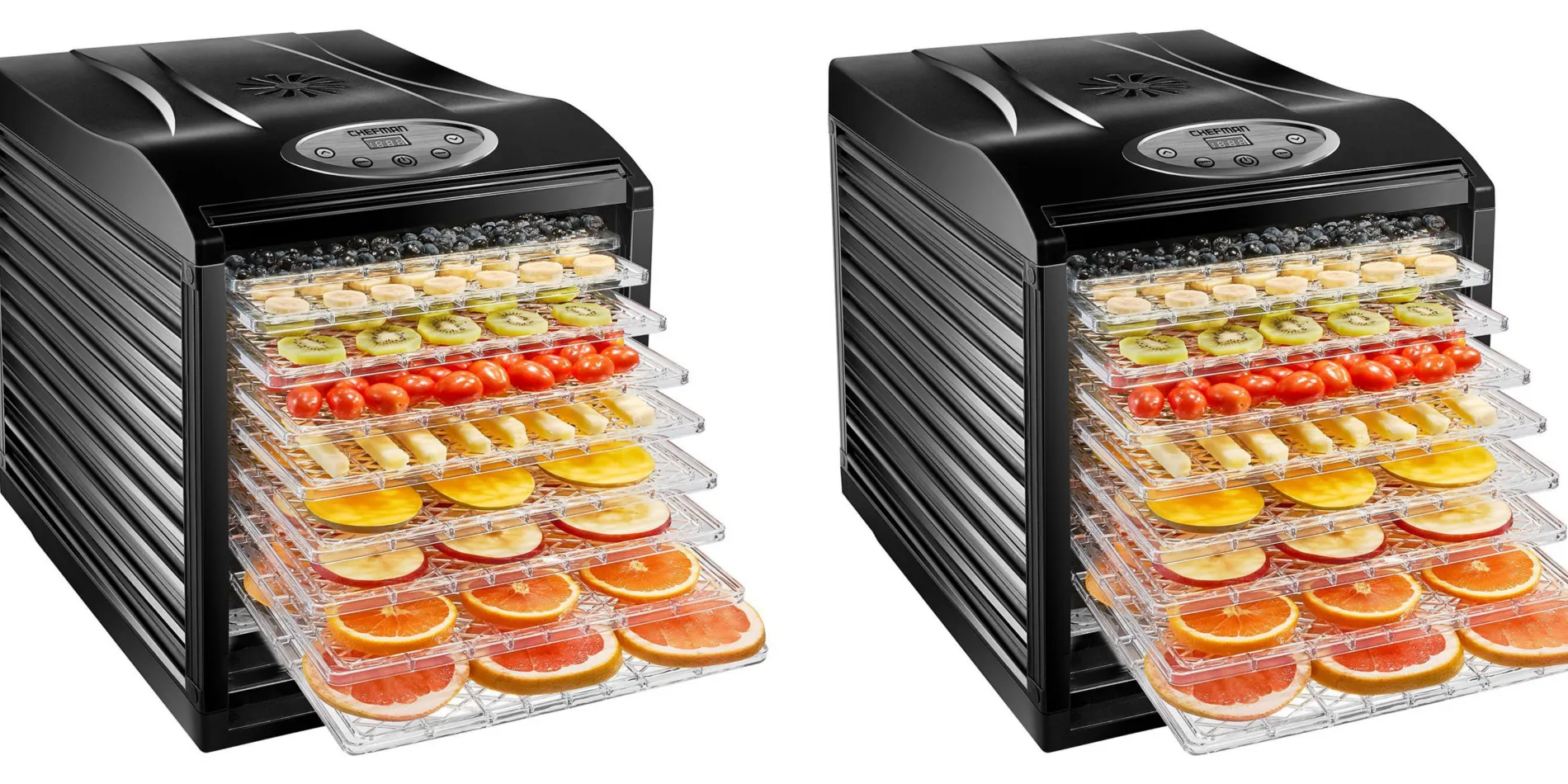
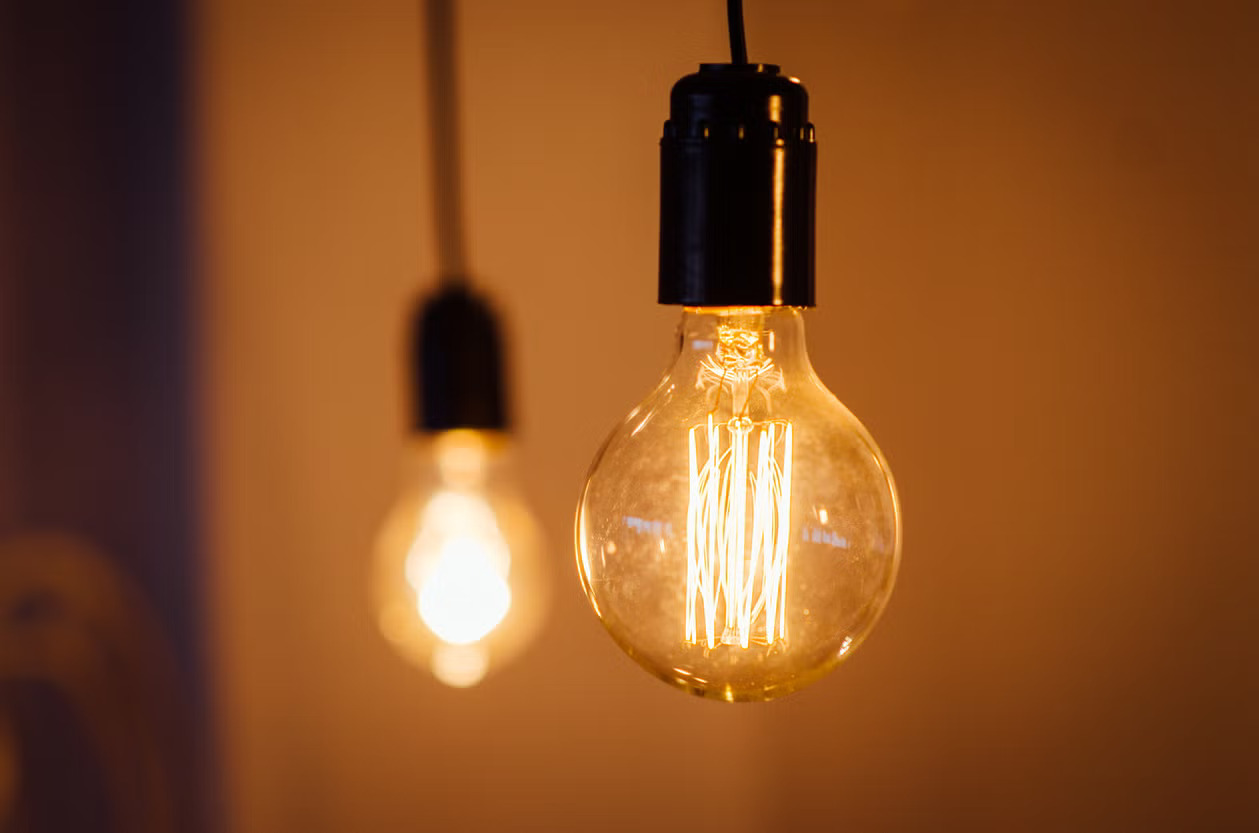
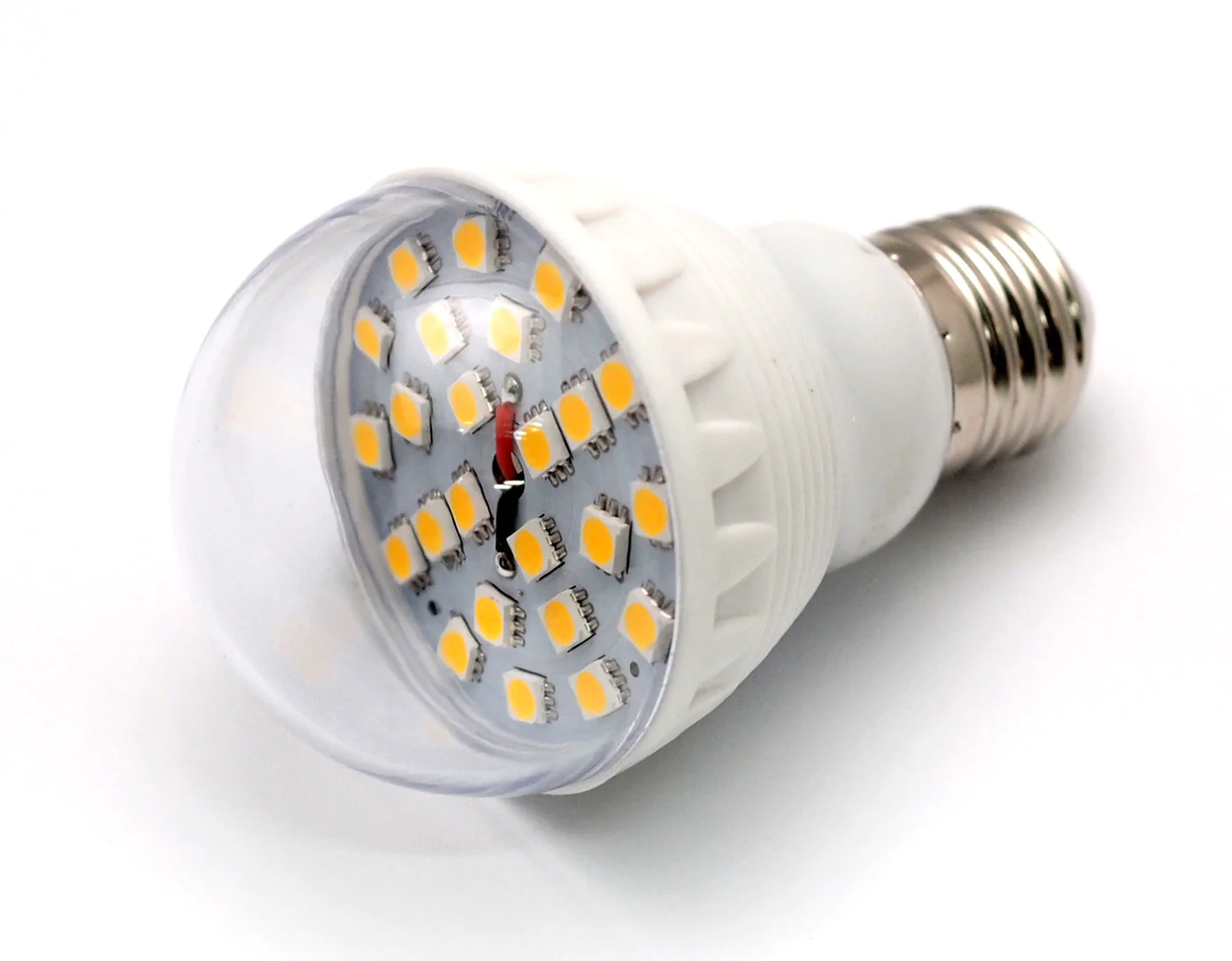
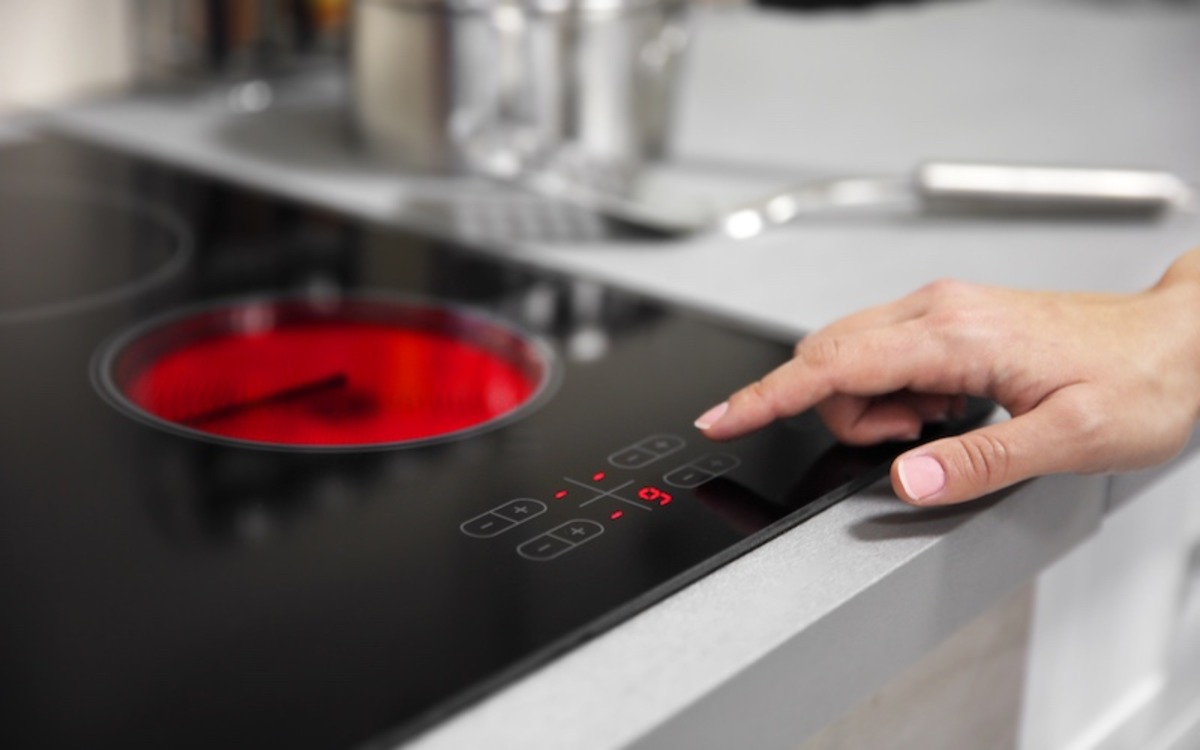
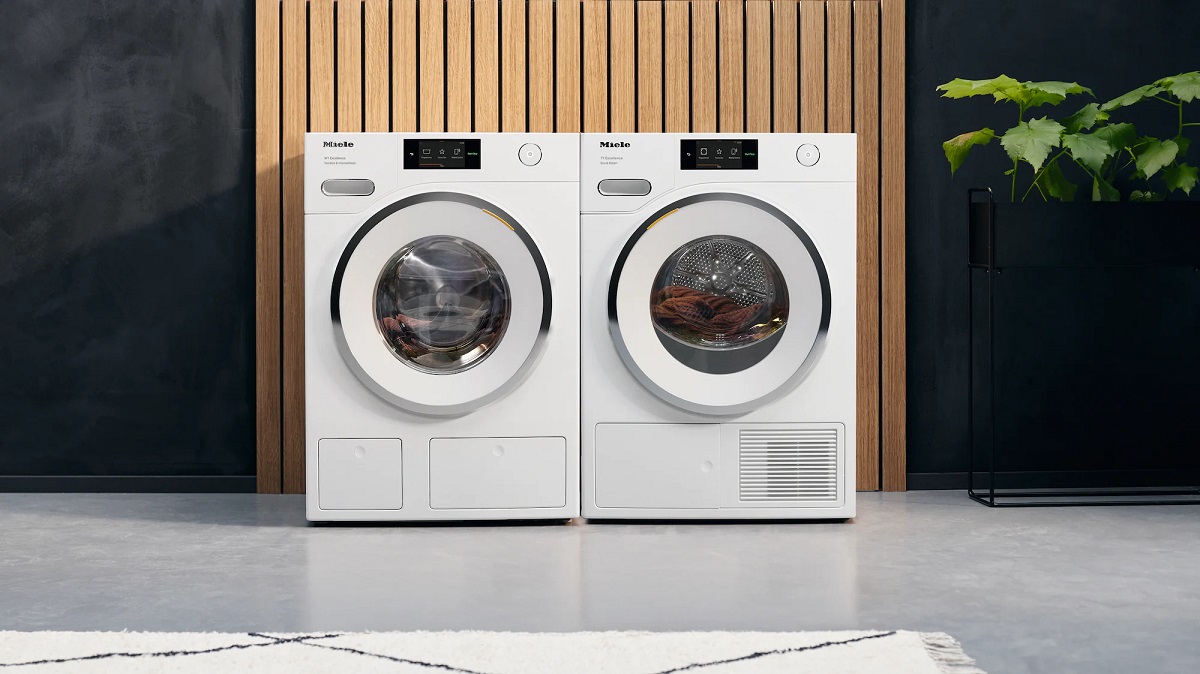
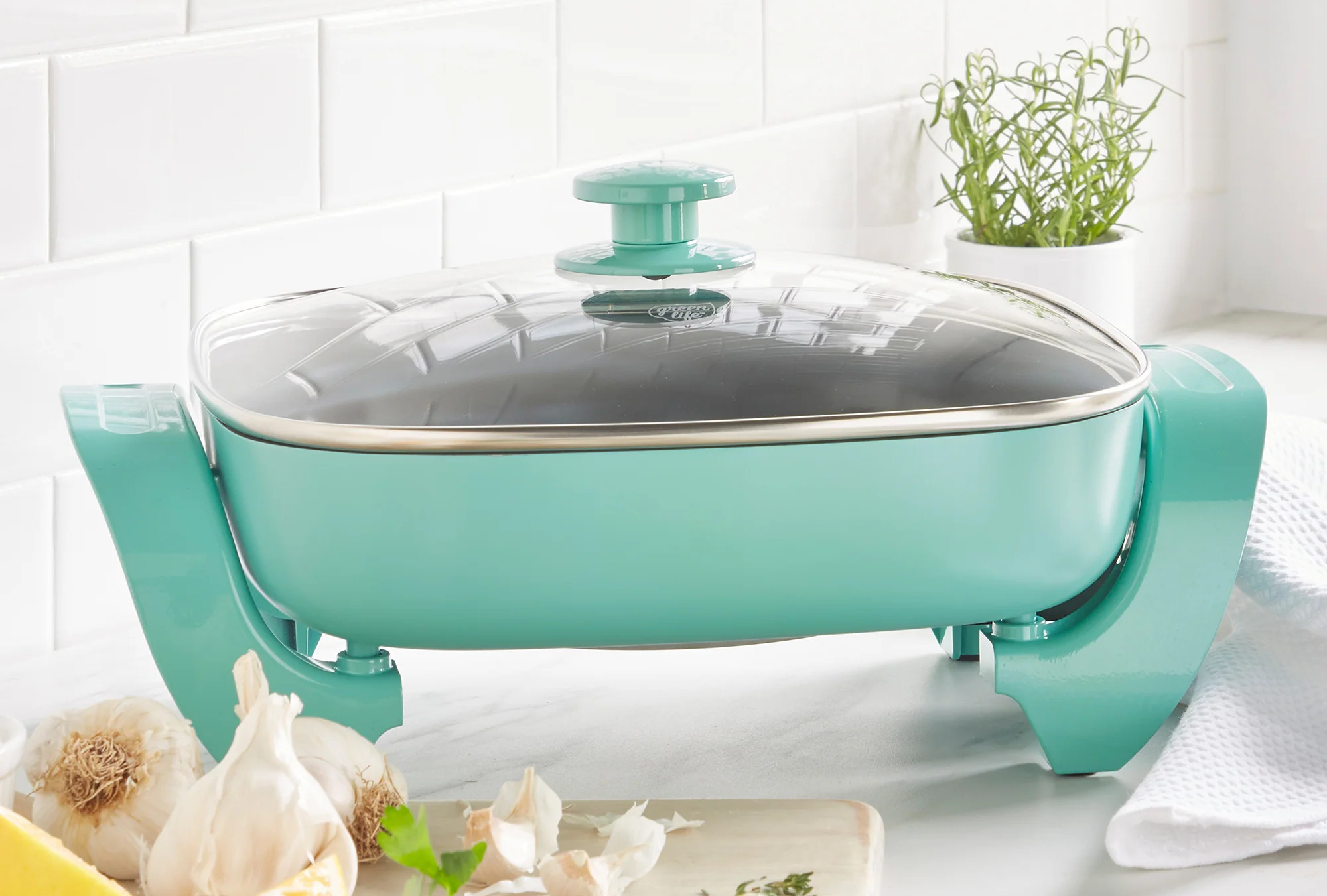
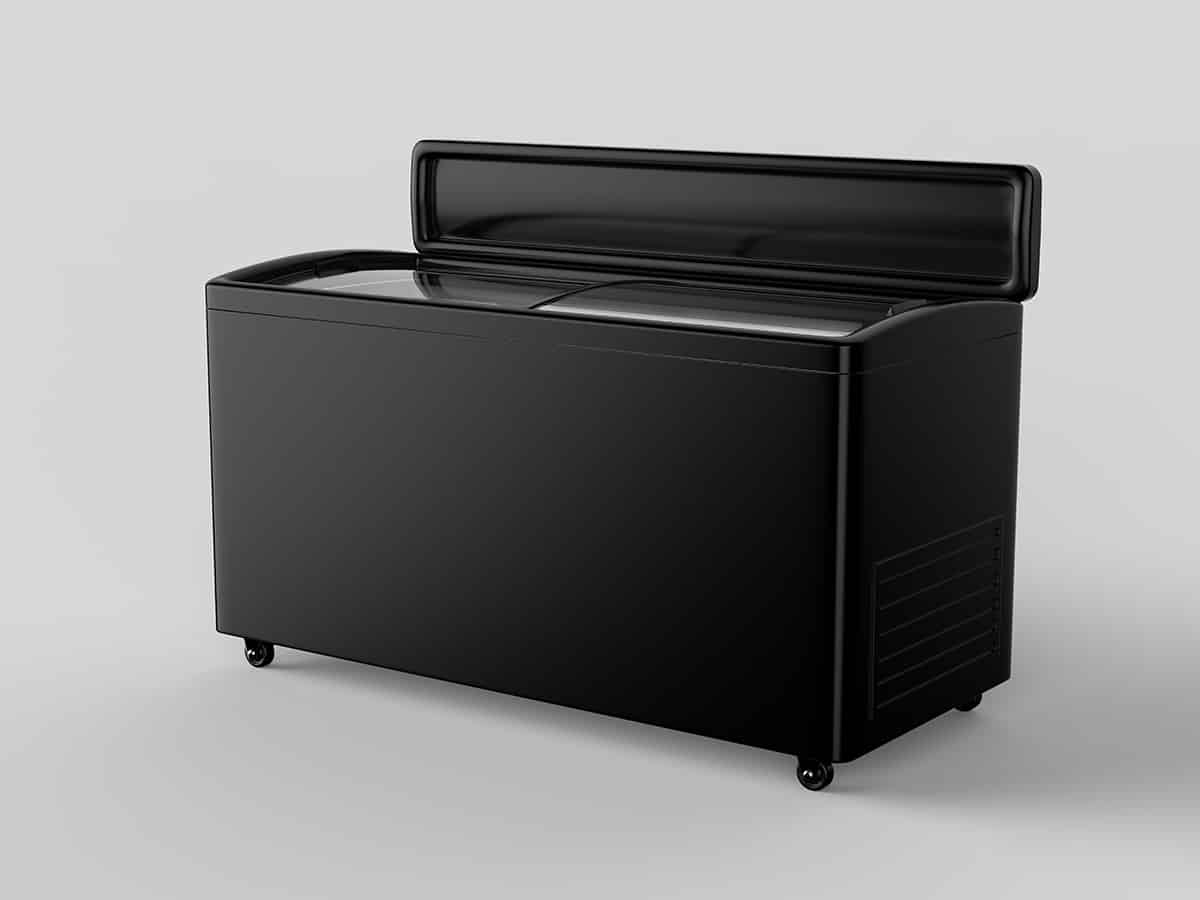
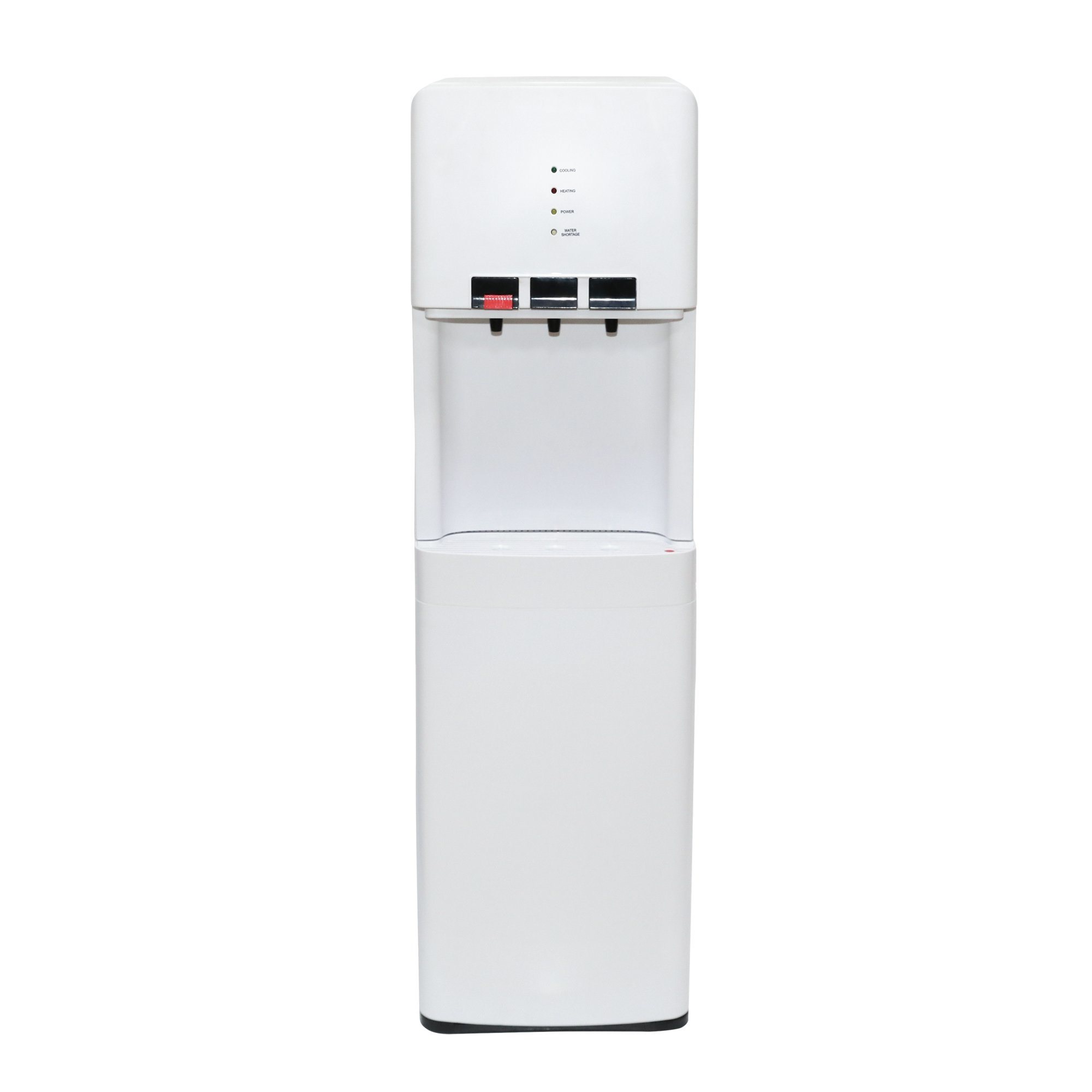
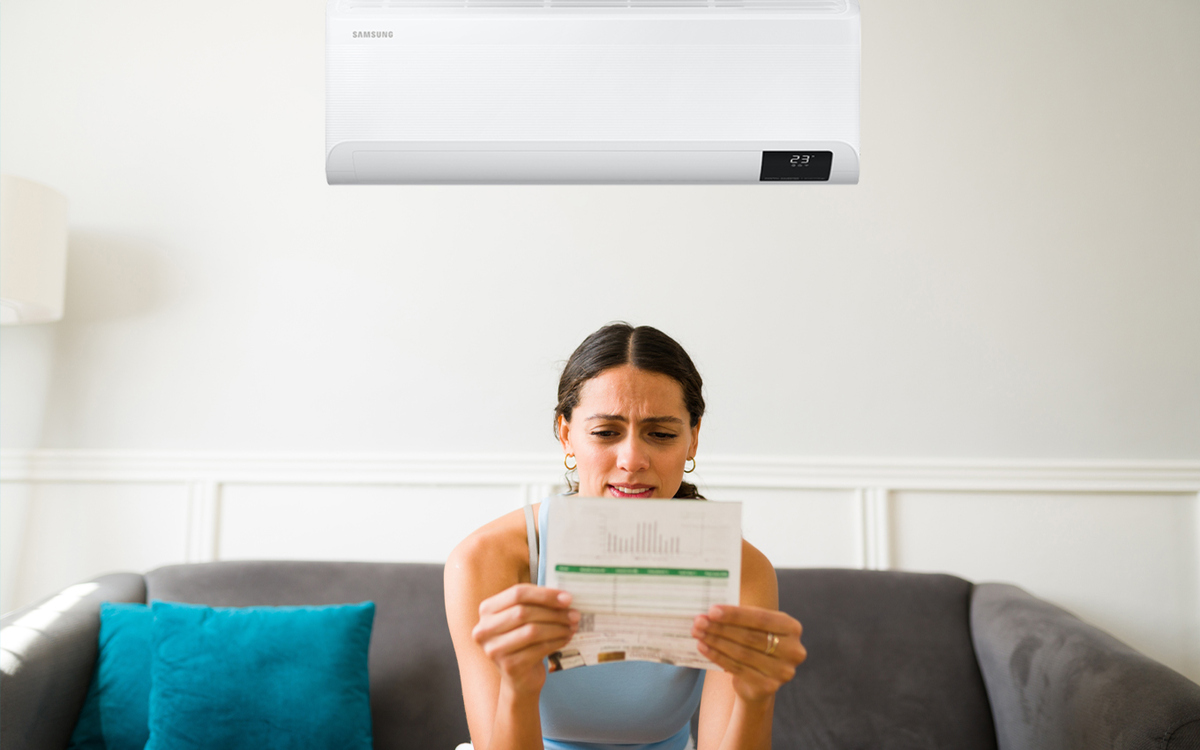
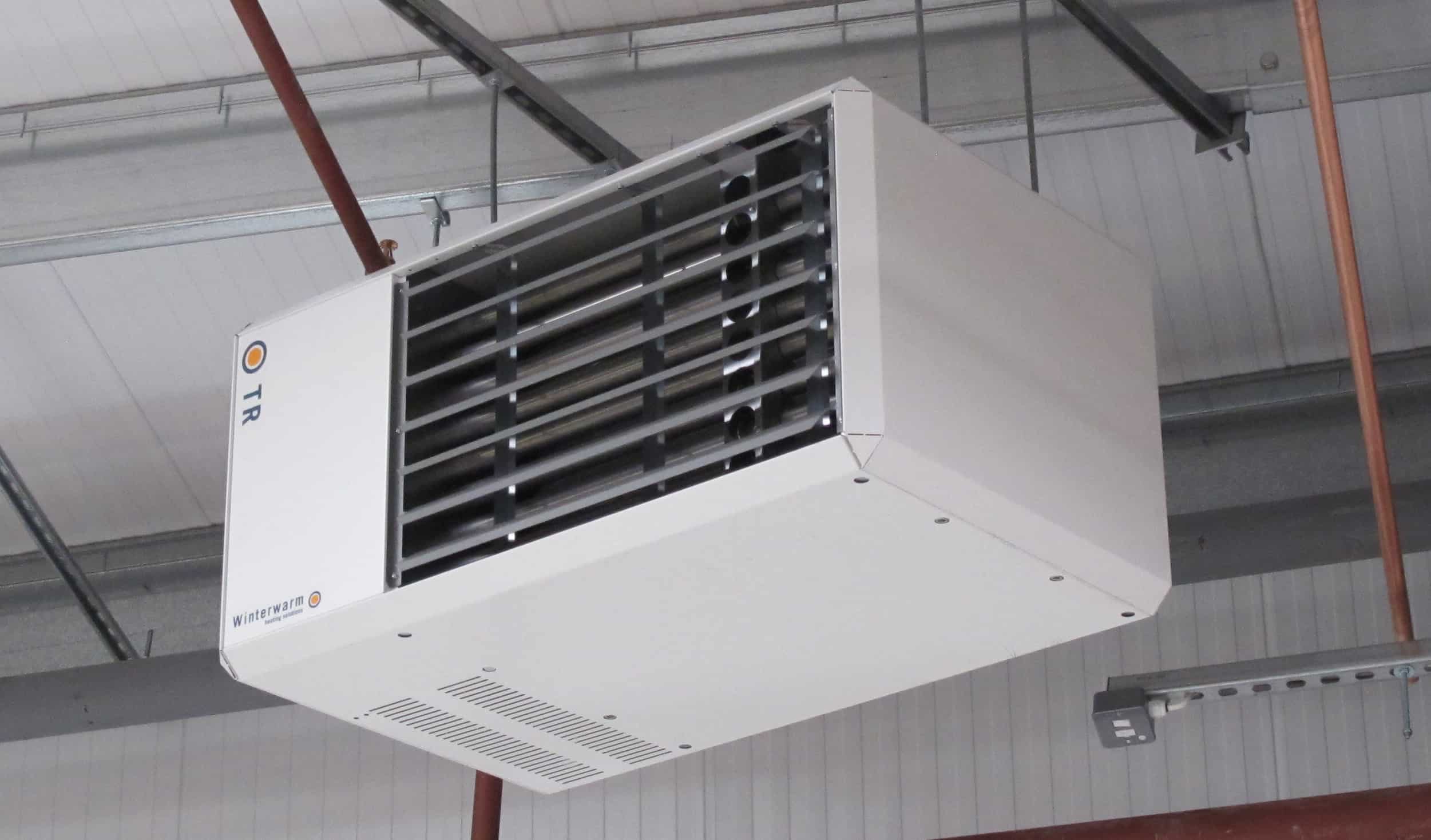
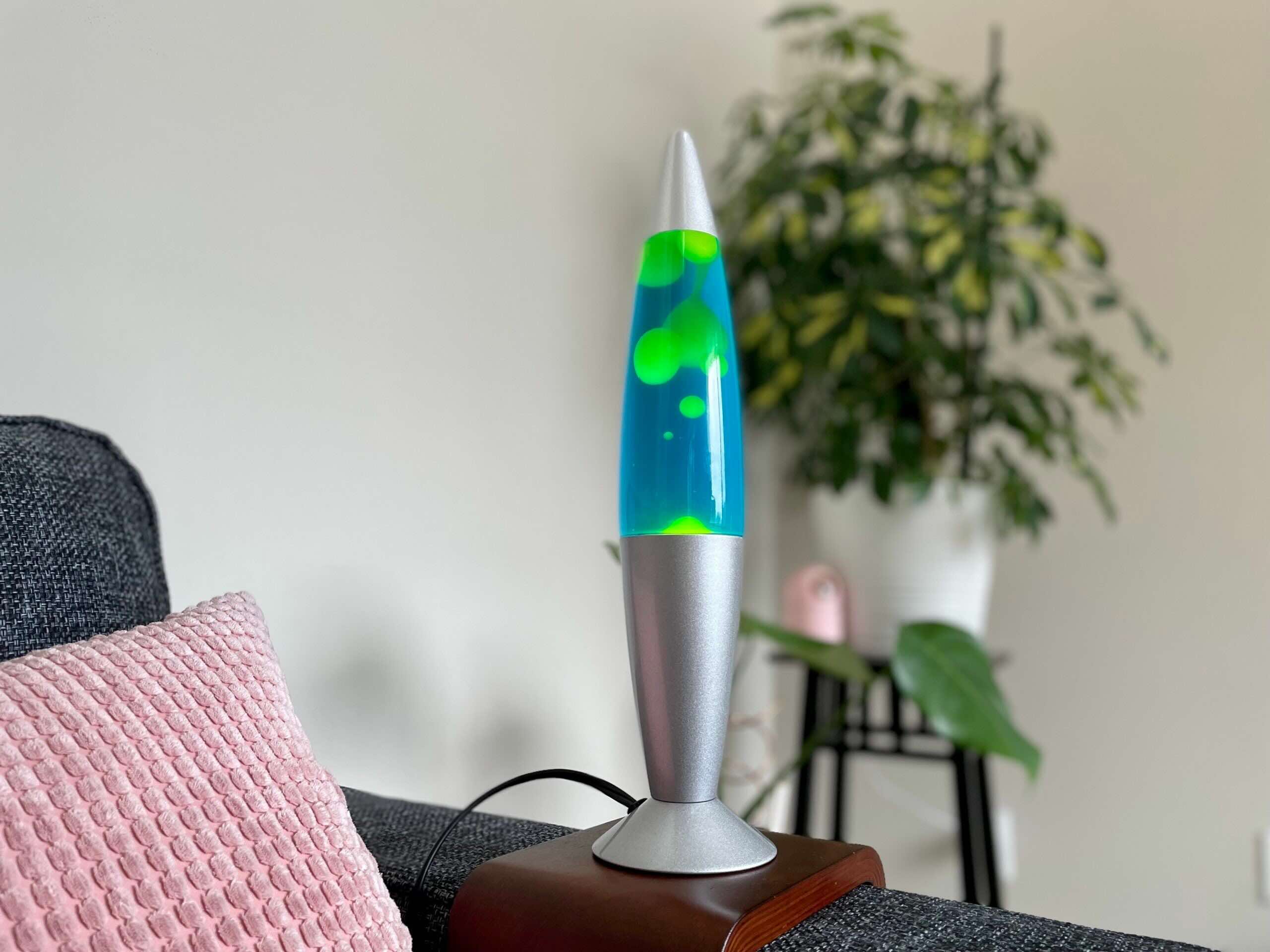
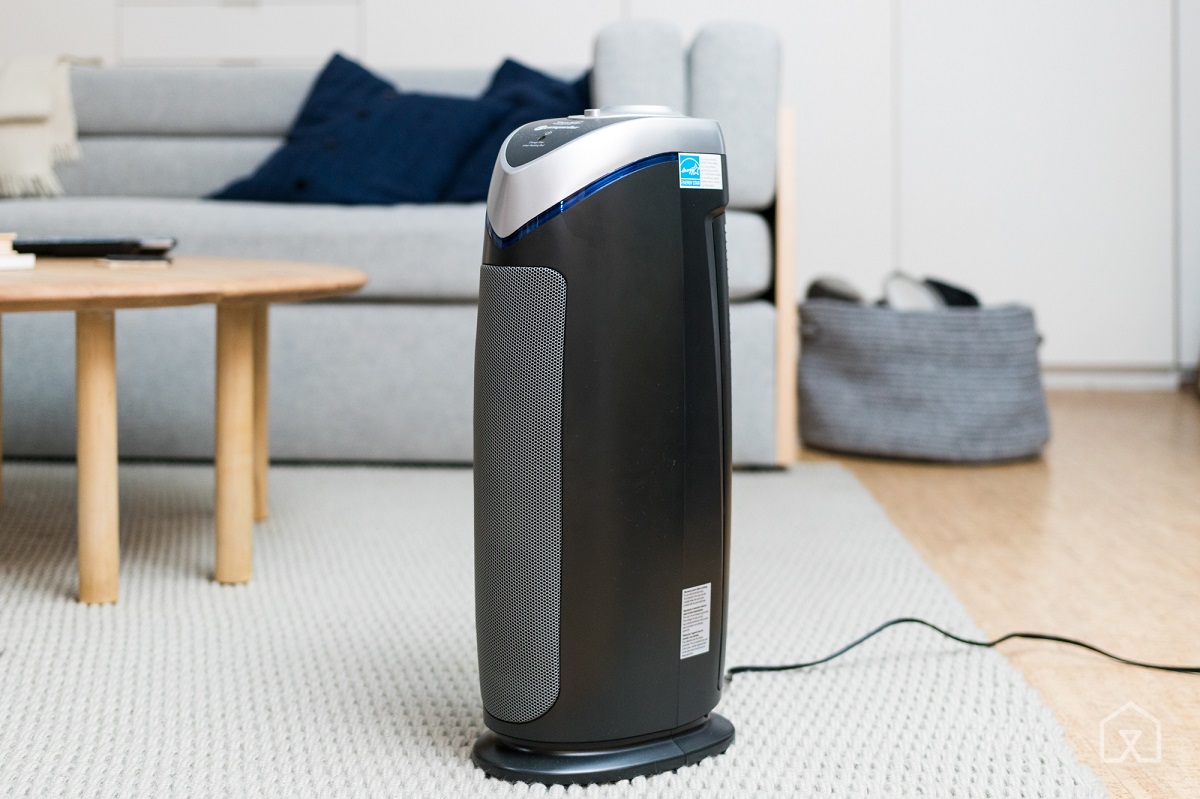
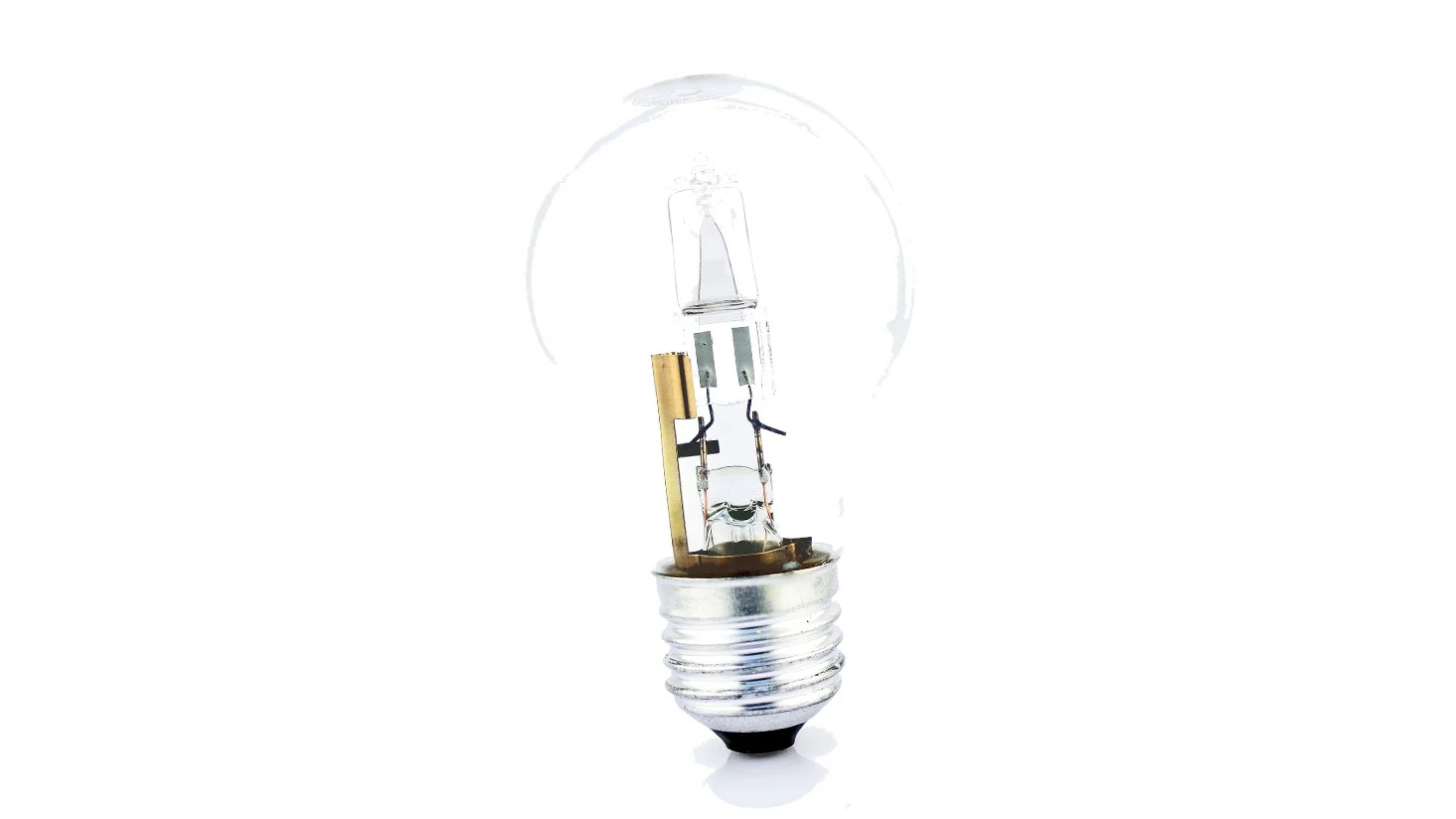
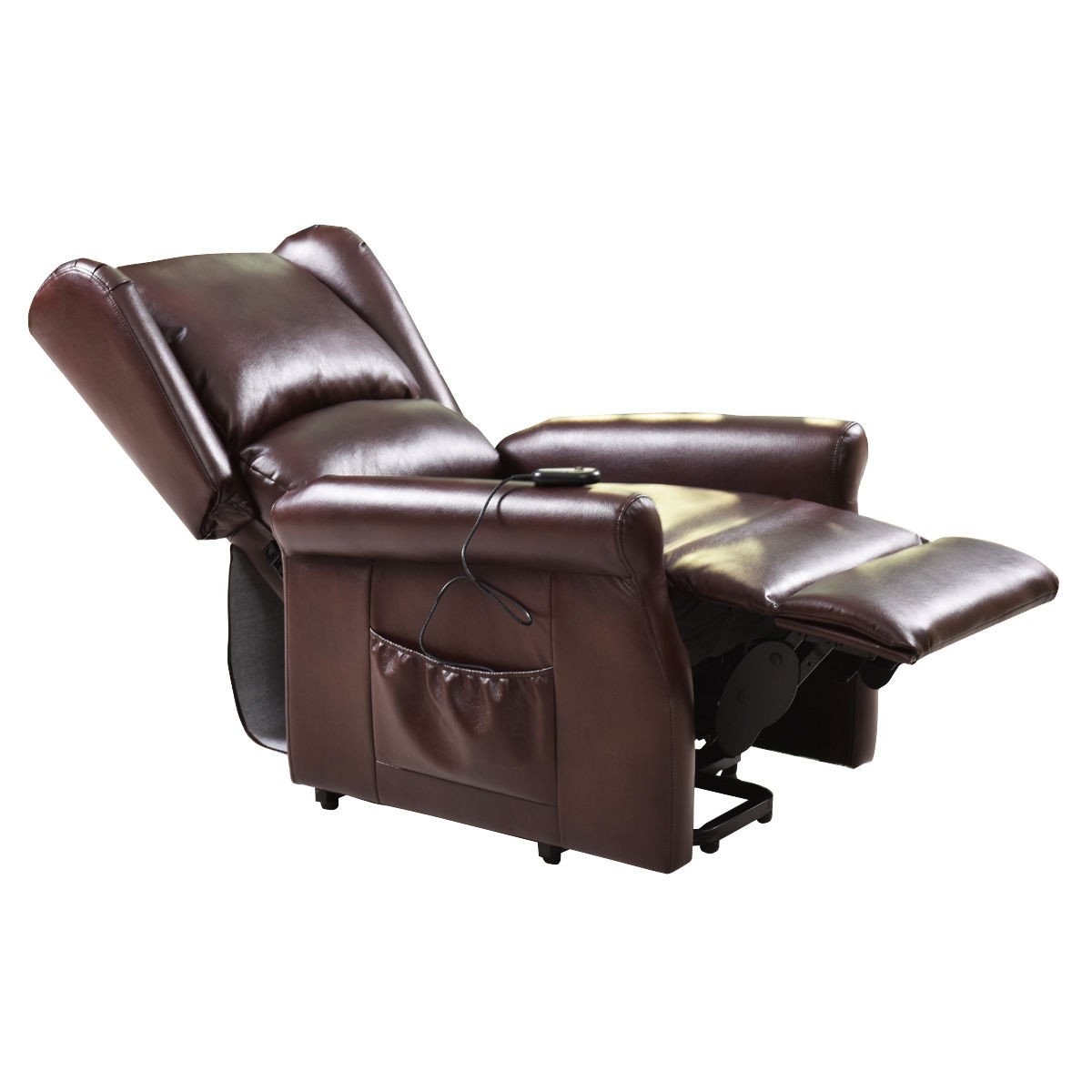

0 thoughts on “How Much Electricity Does A Halogen Bulb Use”